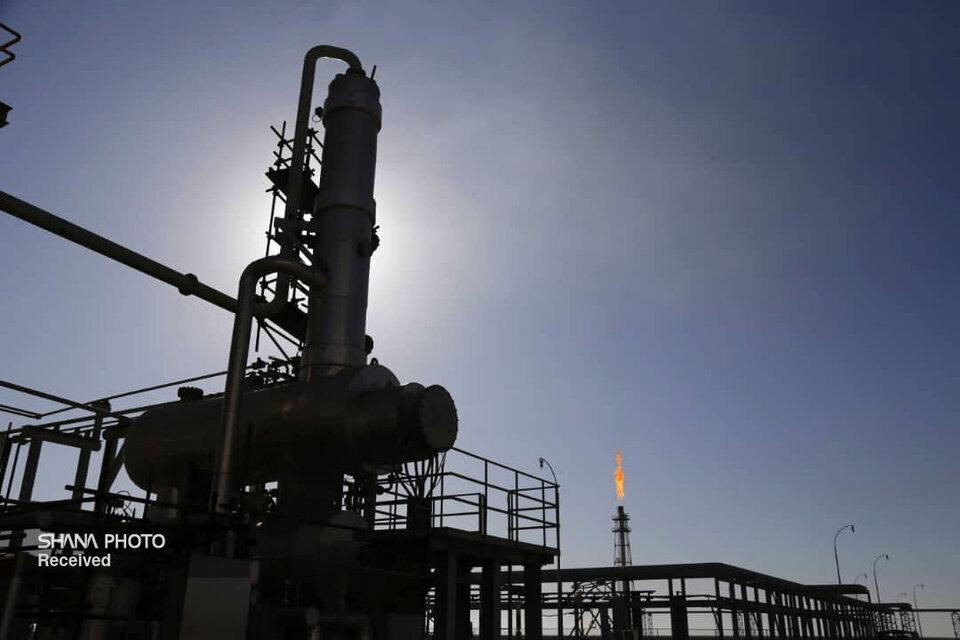According to NIOC, Farokh Alikhani highlighted the legal mandate to recover flare gases by the end of the Seventh Development Plan, noting that implementation began during the Sixth Development Plan and is now being pursued through three short-, medium-, and long-term projects.
Alikhani said short-term projects are primarily carried out through auctions and gas sales to the private sector, adding that some flare gas has already been recovered this way in recent years.
He identified the medium-term projects as the large-scale Bid Boland and Maroon flare gas recovery initiatives, both underway in the operational area of the National Iranian South Oil Company. These projects have already collected several million cubic meters of flare gas, with the remaining volumes set to be gradually recovered by 2027.
Regarding long-term projects, Alikhani explained that they involve supplying feedstock to natural gas liquid (NGL) complexes, including NGL 3100, NGL 3200, and Kharg NGL.
He provided updates on their progress:
- NGL 3100 will begin initial operations within the next two months.
- NGL 3200 reached initial operation in 2023.
- Kharg NGL is nearing completion.
Physical progress stands at:
- Bid Boland (75%)
- Maroon (74%)
- Khark NGL (73%)
- NGL 3100 (~93%)
- NGL 3200 (~96%)
Alikhani emphasized that these projects will be completed in phases by the end of the Seventh Development Plan, with recovered gas either fed into the national grid or used as petrochemical feedstock.
He noted that domestic expertise has been key in executing these projects, from engineering to installation, with 65% of equipment sourced locally. The remaining 35%, mainly high-tech items—particularly for sour gas processing—were imported.
Finally, Alikhani clarified that funding did not come from NIOC’s budget. Instead, under Article 48 of the Sixth Development Plan, domestic investors—including the private sector, individuals, the National Development Fund, and holdings like Persian Gulf Holding—fully financed the projects.


Your Comment